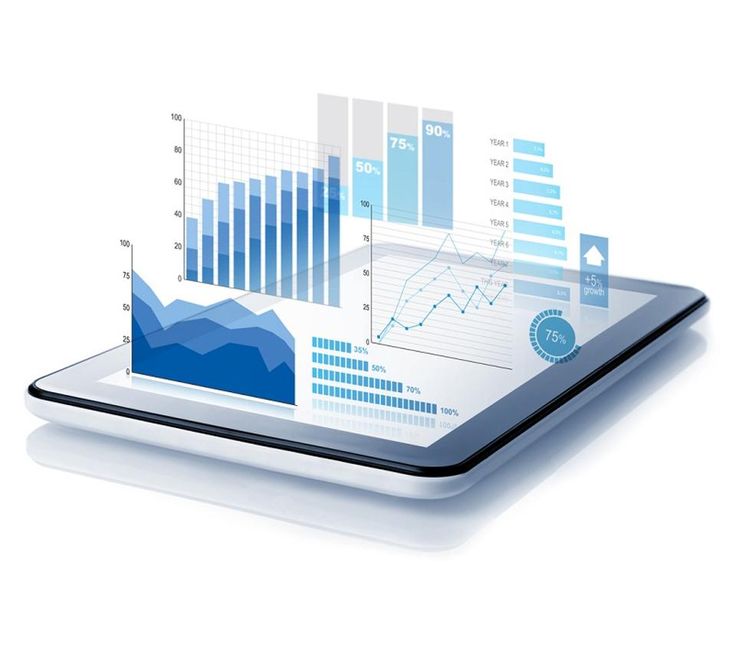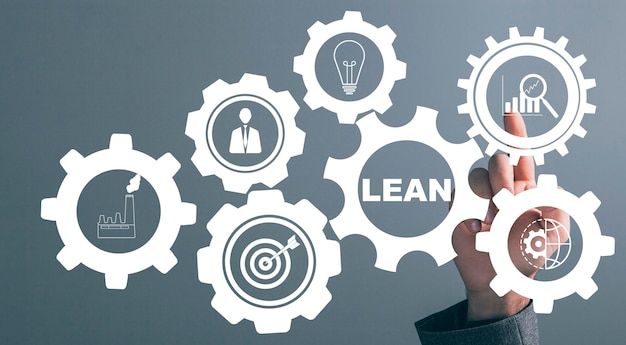What are statistics?
Statistics is the science of making sense of data. It involves gathering, organising, analysing, and understanding information to uncover patterns and draw conclusions. Transforming raw data into valuable information guides decisions across various sectors. By utilising statistical methods, we can find patterns, make predictions, and gain insights that take time to be evident from the data alone.

Importance of statistics
Statistics is integral to numerous aspects of daily life and various professional fields. Its relevance is undeniable in business, economics, medicine, and social sciences. By employing statistical techniques, companies can conduct market research, economists can analyse trends, medical professionals can evaluate clinical trials, and social scientists can assess public opinions and policies. Statistics helps us make informed decisions based on data, thus enhancing the accuracy and reliability of our conclusions.
What are basic statistics concepts?
Basic statistics concepts are essential ideas and methods used by data scientists, financial analysts, and professionals across various fields to interpret data effectively and make informed decisions.
These concepts provide tools to analyze and understand different types of business data, from sales figures and material costs to market forecasts.
By applying statistical tools, professionals can identify trends, predict future sales, or determine relationships between causes and effects, making statistics invaluable for data-driven decision-making.
Statistics can help streamline large datasets, revealing critical insights when the next research steps are uncertain. For example, financial analysts use basic statistics to evaluate company performance, while marketers rely on them to analyze customer surveys.
Product developers assess consumer feedback on existing products, and executives or business owners incorporate statistical insights into strategic planning. Academic researchers also apply statistical tools to examine behaviors and interactions in people, animals, and materials. Overall, a firm grasp of basic statistics concepts is crucial for interpreting data accurately and unlocking actionable insights.

Tips for using basic statistics concepts
When working with basic statistics, there are several key considerations to enhance the effectiveness of your analysis:
Consider the stage of data collection
Understanding your data stage is essential. If you’re in the design phase of a study, tools like sample size determination can help decide the number of surveys or experiments to conduct. For analyzing gathered data, tools like regression or calculating the mean are useful to gain insights.
Midway through data collection, sample size determination can help verify if the current data is sufficient for reliable results. Alternatively, using regression analysis during collection can help track emerging patterns and assess whether new data supports initial trends.
Assess the size of your data
Statistics tools vary in effectiveness depending on data set size. For larger data sets, like customer surveys or weekly sales, specific tools may yield better insights, while smaller data comparisons, such as quarterly financial results or product performance, might require simpler methods. If you’re uncertain, reviewing similar studies conducted by your organization can provide insights into the most effective tools and methods for different data sizes.
Research statistical tools before applying them
To interpret results accurately, it’s crucial to understand each tool’s purpose and application. For instance, choosing between sample standard deviation and population standard deviation affects the interpretation of your findings.
Gaining a strong grasp of these concepts—through a statistics class or guidance from experienced colleagues—ensures you apply the appropriate tools, align with organizational standards, and obtain reliable results.
Types of statistics
Descriptive statistics
Descriptive statistics is concerned with summarising and organising data to make it more understandable. This type of statistics includes measures such as the mean (average), median (middle value), mode (most frequent value), and standard deviation (measure of variability). These tools help us see the big picture by making complex data easy to understand.
Inferential statistics
Inferential statistics, on the other hand, goes beyond mere description. It involves making predictions or inferences about a population based on a sample of data. Fundamental techniques in inferential statistics include hypothesis testing (determining if there is enough evidence to support a particular claim) and confidence intervals (estimating the range within which a population parameter lies). These methods allow us to draw conclusions and make predictions that extend beyond the immediate data.

Key concepts in statistics
Population and sample
Population
This refers to the entire group that is the subject of a study. For instance, if we study the average height of adults in a country, we will see that the population includes all adults.
Sample
A sample is a subset of the population. In the same example, a sample might include a few thousand adults chosen to represent the entire population. Using samples allows for more manageable data collection and analysis.
Variables
Variables are characteristics or attributes that can take on different values. They are classified into two main types:
Qualitative variables
These are non-numeric and describe categories or groups, such as gender, race, or type of car.
Quantitative variables
These are numeric and can be measured, such as height, weight, or income.
Data collection methods
Effective data collection is crucial for reliable statistical analysis. Common methods include:
Surveys
Questionnaires or interviews gather information from a large group of people.
Experiments
Controlled studies are where variables are manipulated to observe effects.
Observational studies
Research where data is collected without manipulating the environment or subjects.

Applications of statistics
Real-world applications
Statistics has a multitude of practical applications across various fields:
Business
Statistics help businesses decode customer behaviour. By analysing data, companies can see who their customers are and what they want. This information empowers businesses to make well-informed product decisions, marketing strategies, and pricing. In quality control, statistics is used to monitor and improve product quality by setting standards, conducting inspections, and analysing data on defects. Businesses can ensure products always meet high standards using control charts and sampling.
Medicine
Statistics are the backbone of clinical trials. They help scientists prove if new treatments are safe and effective. Statisticians are the detectives of the drug development world, designing experiments, cracking data codes, and uncovering the evidence needed to create life-changing medicines, medical devices, and treatments. In epidemiology, statistics aids in understanding the spread and control of diseases by analysing data on disease incidence, prevalence, and risk factors. Statistical modelling helps identify patterns and trends in disease outbreaks, enabling public health officials to develop targeted interventions and prevention strategies.
Social sciences
Statistics is used in public opinion surveys to gauge societal trends and in policy evaluation to assess the impact of governmental programs and policies. By collecting and analysing data on attitudes, beliefs, and behaviours, statisticians help policymakers understand public opinion and make informed decisions. In social research, Statistics can shed light on various issues, from education challenges to the complexities of crime and poverty and how people move up or down the social ladder. BResearcherscan uncover societal patterns and understand why things happen. By crunching numbers
Statistics is an essential tool for understanding and interpreting the world around us through data. Its applications are vast and varied, influencing decision-making processes in numerous fields. By mastering statistical concepts and methods, we can make more informed and accurate conclusions, ultimately driving progress and innovation.
FAQs
What is statistics, and why is it important?
Statistics is the art of turning data into insights. It helps us uncover hidden patterns, predict future trends, and make smarter decisions. From business to science, understanding numbers is critical to success.
What are the main types of statistics?
Statistics has two main branches: descriptive and inferential. Descriptive statistics help you summarise and understand your data, while inferential statistics let you make educated guesses about a larger group based on your findings.
How do population and sample differ in statistics?
The population is the entire group being studied, while a sample is a subset of that population used to represent the whole.To make accurate deductions, it is imperative to have a representative sample that accurately portrays the qualities of the population.
What are some real-world applications of statistics?
Statistics is used in various ways, including business, which is applied in market research, quality control, and financial analysis. Statistics is essential for clinical trials, epidemiology, and public health in medicine. Social sciences use statistics for public opinion surveys, policy evaluation, and social science research. Statistics is crucial in environmental studies, biology, and physics in the natural sciences.
What methods are commonly used for data collection in statistics?
Standard data collection methods in statistics include surveys, experiments, and observational studies. Surveys collect data from a sample of the population, experiments test hypotheses and determine cause-and-effect relationships, and observational studies observe and record data without manipulating the variables.


